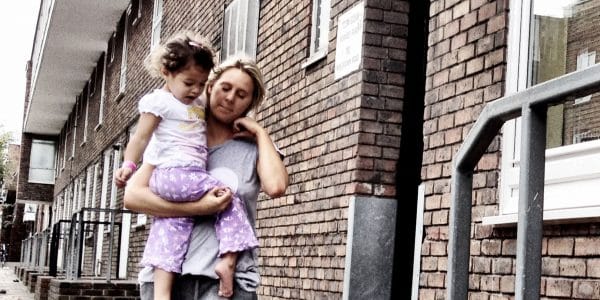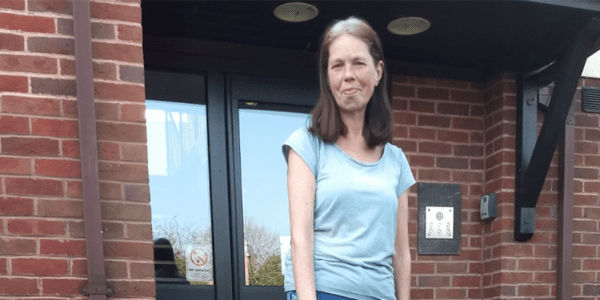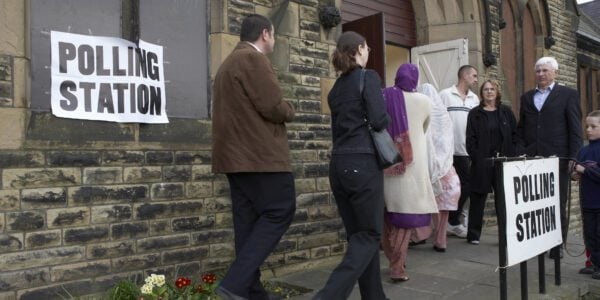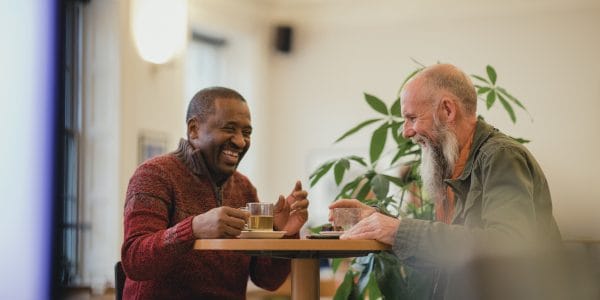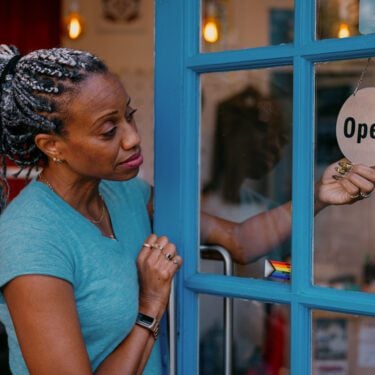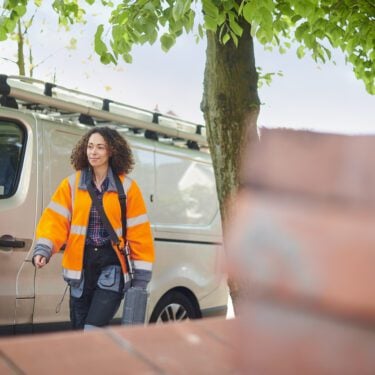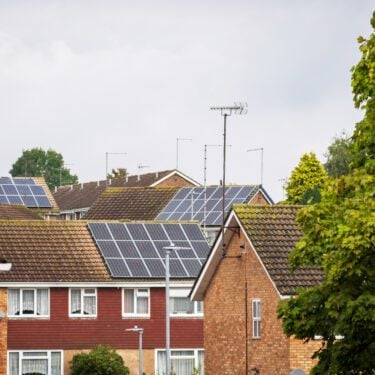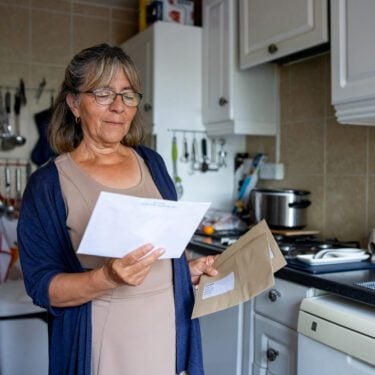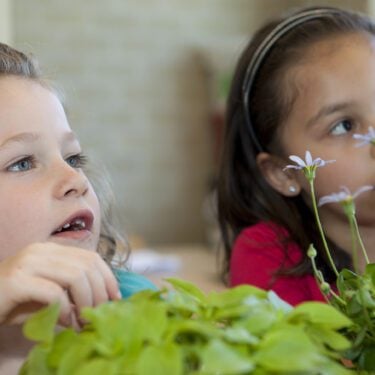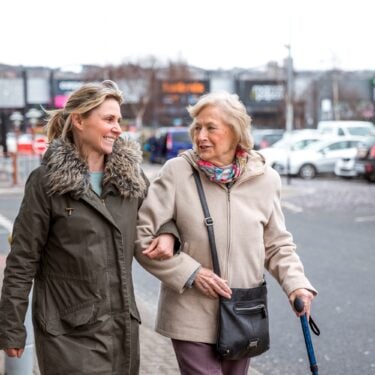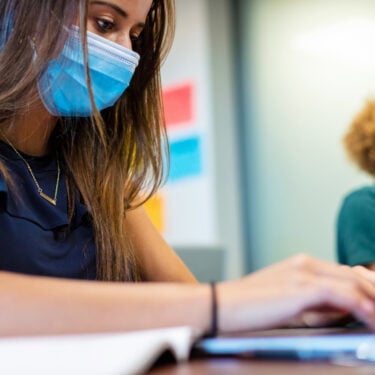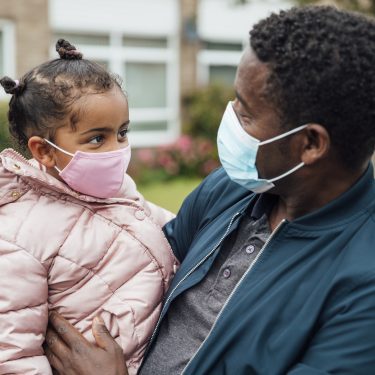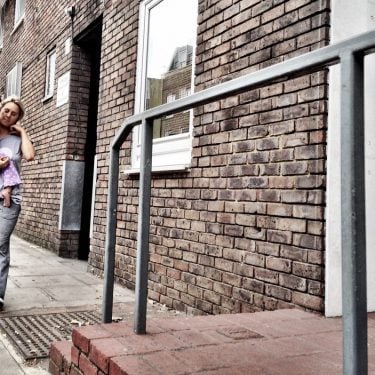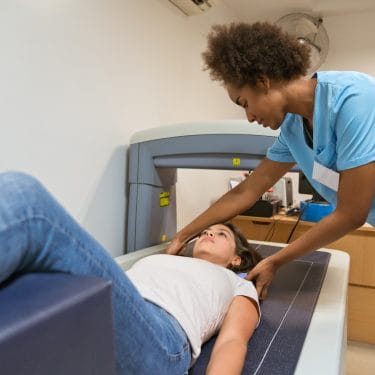
03/03/22
3 min read
There has been a long period of stagnation in productivity and wages within most firms while a minority of high-performers, or ‘superstar firms’, have been the main drivers of productivity and wage growth.
New research published today as part of the IFS Deaton Review of Inequalities, funded by the Nuffield Foundation finds:
- The productivity (value added per worker) and average wages of the median firm today are the same as in the mid 1990s, after accounting for inflation.
- Meanwhile productivity and average wages among the 10% of workers employed by the highest-performing firms are substantially higher than they were in the mid 1990s.
The researchers conclude that while inequality between firms is not necessarily a problem, it is concerning if large numbers of workers are in poorly performing, less productive firms and not sharing in improvements in living standards. It is also a concern when the growing dispersion in the performance of companies goes hand in hand with a stalling of overall economic performance, a trend already seen in the US.
The report argues that one part of tackling growing inequality between people needs to include tackling the market power enjoyed by some firms and ensuring we have even more robust competition regimes. This needs to go alongside better policies to encourage innovation, skills and investment to raise overall productivity.
Other key findings include:
- There has been a growing dispersion between firms in the level of profits and ‘markups’ – the price charged for products over and above the cost of production. Economy-wide markups appear to have increased, because of the increased importance of superstar firms.
- Industries have tended to become more concentrated, with a larger share of output being produced by the largest firms.
- Since the early 1980s, there has been some reduction in the share of national income going to wages in the UK (although this trend was weaker than that seen in the US). In other words, more of GDP has gone to the owners of capital relative to the amount paid to workers. Since capital income is more unequally distributed than earnings, this will also have played a role in increasing income inequality.
- If the firm performance of the ‘rest had kept up with the best’, this would help raise overall productivity, pay and living standards. GDP per hour worked grew by about 2.3% per year between 1981 and 2007, compared with only 0.2% between 2007 and 2019.
- Even where ‘superstar firms’ have acquired their position through highly beneficial innovations and superior technology, the market power that this confers still risks harming consumers and workers subsequently.
Professor John Van Reenen (LSE), one of the report authors, said:
‘The most important economic problem for the UK since 2008 has been dismal productivity growth, which in turn has led to pitiful pay increases. Only in a relatively small number of firms, employing a minority of the UK’s workforce, have productivity and wages improved in the past quarter-century.
‘To tackle this, we need a laser-like focus on increasing firm productivity through better policies on innovation, skills and investment as well as robust competition regimes to ensure that there is a level playing field.’
Robert Joyce, a Deputy Director at IFS and on the panel of the IFS Deaton Review of Inequalities, said:
‘When we think about inequality we naturally tend to focus on people’s incomes and earnings. But they result from the way that companies operate and how productive they are. A combination of poor productivity growth for most and the rise of some “superstar” firms has been one of the drivers of both stagnant living standards and inequality in the UK. Any concerted policy aimed at influencing inequalities will therefore need to consider policy on things such as competition, regulation and innovation.’
Download report

